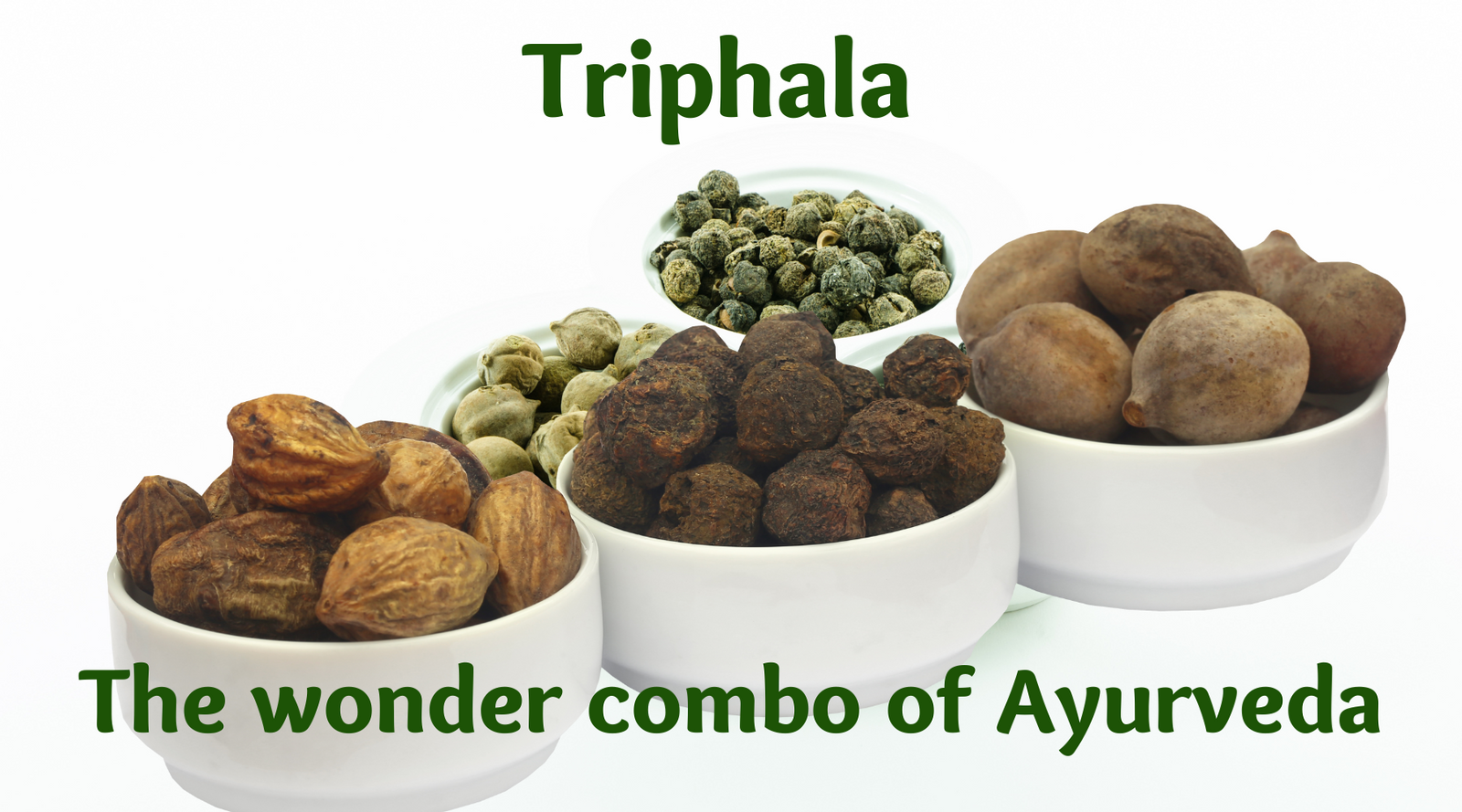
Ragi is an ancient grain that finds mention in all cuisines in India. It is a power-packed grain with immense health benefits. Let us dig deep into the incredible health benefits of ragi and get inspired to incorporate it into our diet.
Full of nutrition
According to scientific studies, ragi is full of nutrition, especially proteins. It also contains important compounds like tryptophan, cystine, methionine, and total aromatic amino acids. These proteins play an instrumental role in bodybuilding and muscular development.
Ragi contains not only a huge amount of proteins, but it is also a storehouse of minerals, esp. calcium that boosts bone health.
Antioxidant effect
Ragi contains a huge amount of antioxidants that helps to revive and rejuvenate the body tissues and maintain the state of health. The free radicals present in the body damage the cells in the process of gaining stability by extracting extra electrons from the cells. However, the antioxidants present in ragi donate these extra electrons and protect the body cells from damage.
In this way, ragi helps to increase the overall life of cells and reduce the rate of aging.
Antimicrobial Effect
Ragi is scientifically proven to combat a variety of bacteria like Bacillus cereus, the bacteria responsible for food poisoning. It is also effective against Salmonella sp., the causal factor for fever similar to typhoid. Another bacteria, Staphylococcus aureus, that causes skin and soft tissue infections such as abscesses, furuncles, and cellulitis is also eliminated by regular consumption of ragi.
Ayurvedic baby food
As it is brimming with body-building nutrition and antimicrobial properties, Ragi is an ideal food for babies. Besides, it is very easy to digest and goes well with the delicate digestive system of babies.
Diabetes Preventive food
Ragi has a high concentration of complex carbohydrates, coupled with a high amount of dietary fiber and beneficial phytochemicals. It is also a great source of beneficial nutrients like polyphenols that protect the body from oxidative stress.
Ragi provides instant energy to the body but does not raise blood sugar levels. It helps the body to maintain an optimal glucose level and prevent diabetes.
For all the above reasons, it is an excellent food for diabetic people. Besides, it also helps to accelerate the wound healing in diabetes complications like diabetic nephropathy, diabetic foot, etc.
Protects from Cardiovascular disorders
Ragi helps to naturally lower the concentrations of serum triglycerides.
LDL or bad cholesterol can cause inflammation in the arteries on oxidation. But, ragi prevents LDL cholesterol oxidation and protects the circulatory system from chronic inflammation, thickening of the blood vessels, and cardiac incidents.
Besides, it has a significantly low-fat content that does not contribute to cholesterol formation in the body.
Weight loss benefits
Ragi is full of nourishing minerals and proteins, but it has a very low-fat content. So, eating ragi is more like eating a health supplement with almost no fat.
Besides, Ayurveda says that all millets are light and have a drying effect on the body. Therefore, ragi is supposed to get digested very easily, without producing much carbohydrates or fat. At the same time, it also produces a drying effect and reduces the excess fat in the body tissues.
Anti-cancer properties
Cancer is a big health problem today. Thanks to pollution and genetically modified food, cancer has shown a steep rise in incidences over the past few decades.
However, bringing back the ancient food ragi can help you to prevent cancer. According to some scientific studies, people who eat ragi frequently have a lower possibility of developing oesophageal cancer than those on a wheat-based diet.
Preserves bone health
Ragi is a great source of calcium. Besides, calcium is very easy to absorb, as ragi is an easily digestible food. As a result, ragi helps to preserve bone density and decrease the possibility of disorders like osteoporosis, thinning of bones, fractures, etc.
This is why ragi is an ideal food for the elderly in traditional Indian cuisine, as old age is the phase of life when an individual faces maximum bone-related problems. It is also a highly recommended food for women after menopause.
How to use ragi?
The easiest and tastiest way to use ragi is in the form of ragi flour.
Ragi porridge
Ragi porridge is a traditional Indian dessert that is both healthy and tasty. Besides, it has the appearance of chocolate syrup!
Ingredients
- Ragi flour – 50 gm
- A2 cow milk/almond milk – 300 ml
- Sugar/stevia powder – 1 tbsp
- Crushed green cardamom – 2-3
- Crushed clove - 2
- A2 ghee/ sesame oil (optional) – 1 tsp
Precaution
- Do not use molasses or jaggery with milk. It is a wrong food combination according to Ayurveda.
- Avoid using honey in this preparation as consuming heated honey or honey with anything hot is not advisable according to Ayurveda. Heated honey or honey consumption with hot food can have toxic effects on the body.
- Crush the clove before putting it in heated oil, otherwise, it may burst and may hurt you.
Procedure
- Heat the ghee/oil in a pan and add crushed green cardamom and clove. Shallow fry for 20-30 sec.
- If you choose not to use any fat, roast the crushed green cardamom and clove in the heated pan for 30-40 sec.
- Add milk and water together to the pan and heat for 2 min.
- Mix the ragi flour in a small cup with milk. Make sure to dissolve all lumps.
- Add this mix to the heated milk mixture. Add the sweetener.
- Bring the mixture to a boil. Keep stirring to avoid lumps.
- Garnish with chopped dry fruits and serve warm.
I hope that this recipe brings you all the health benefits of ragi. For the best quality ragi flour in Australia, Buy Naturz finger millet.












Leave a comment (all fields required)